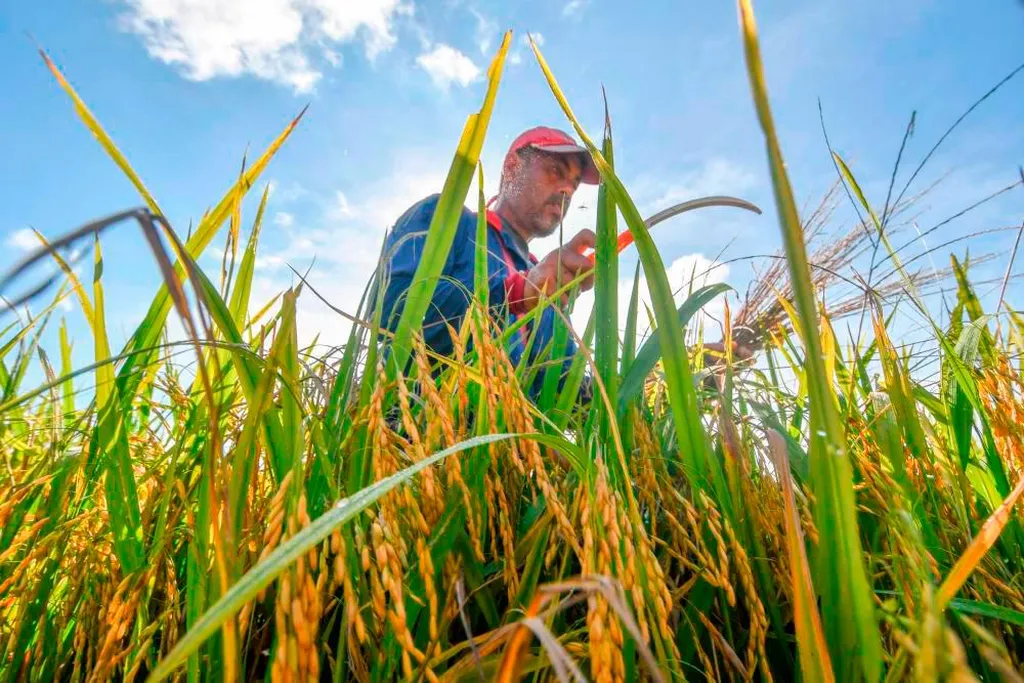In the heart of Malaysia, researchers are unlocking the potential of tiny particles that could revolutionize the way we grow our food. Quantum dots (QDs), nanoscale materials with extraordinary properties, are stepping out of the lab and into the fields, promising to boost crop yields and enhance agricultural sustainability. At the forefront of this research is Wan Nur Zarifah Wan Azamuddin, a scientist from the Department of Bioprocess Technology at Universiti Putra Malaysia, who has been exploring the applications of QDs in modern agriculture.
Quantum dots are minuscule particles, typically ranging from 1 to 10 nanometers, that exhibit unique optical and electronic properties due to their size and composition. They can be synthesized from various materials, including semiconductors, carbon, and metal oxides. Their small size gives them a high surface-to-volume ratio, which, combined with their tunable fluorescence and high photostability, makes them particularly useful in agricultural applications.
“Quantum dots have shown remarkable potential in enhancing plant growth and stress tolerance,” says Wan Azamuddin. Her research, published in the journal Discover Materials (which translates to “Discover Materials” in English), reveals that QDs can increase crop yields by 15–40%, enhance photosynthesis by 56%, and boost nitrogen uptake by 30%. These improvements are not just incremental; they represent a significant leap forward in agricultural productivity.
The synthesis of QDs involves either top-down or bottom-up approaches, allowing scientists to precisely control the size, composition, and functionality of these nanoparticles. This precision is crucial for tailoring QDs to specific agricultural needs, such as improving root health and water efficiency. However, the successful application of QDs in agriculture also depends on understanding their uptake mechanisms in plants and addressing concerns related to their toxicity and environmental impact.
The potential commercial impacts of this research are substantial. As the global population continues to grow, the demand for sustainable and efficient agricultural practices is more pressing than ever. Quantum dots offer a promising solution, enabling farmers to produce more food with fewer resources. Moreover, the energy sector could benefit from the enhanced photosynthesis and nitrogen uptake facilitated by QDs, as these improvements could lead to more efficient use of fertilizers and reduced energy consumption in agricultural processes.
Wan Azamuddin’s work highlights the importance of interdisciplinary research in addressing global challenges. By bridging the gap between nanotechnology and agriculture, she and her colleagues are paving the way for innovative solutions that could transform the way we produce food. As the world grapples with the effects of climate change and resource depletion, the insights gained from this research could be instrumental in shaping a more sustainable future.
In the coming years, we can expect to see more applications of quantum dots in agriculture, as researchers continue to explore their potential and address the challenges associated with their use. The journey of these tiny particles from the lab to the field is just beginning, and their impact on the agricultural landscape could be profound. As Wan Azamuddin puts it, “The future of agriculture lies in the intersection of technology and sustainability, and quantum dots are a shining example of this convergence.”

